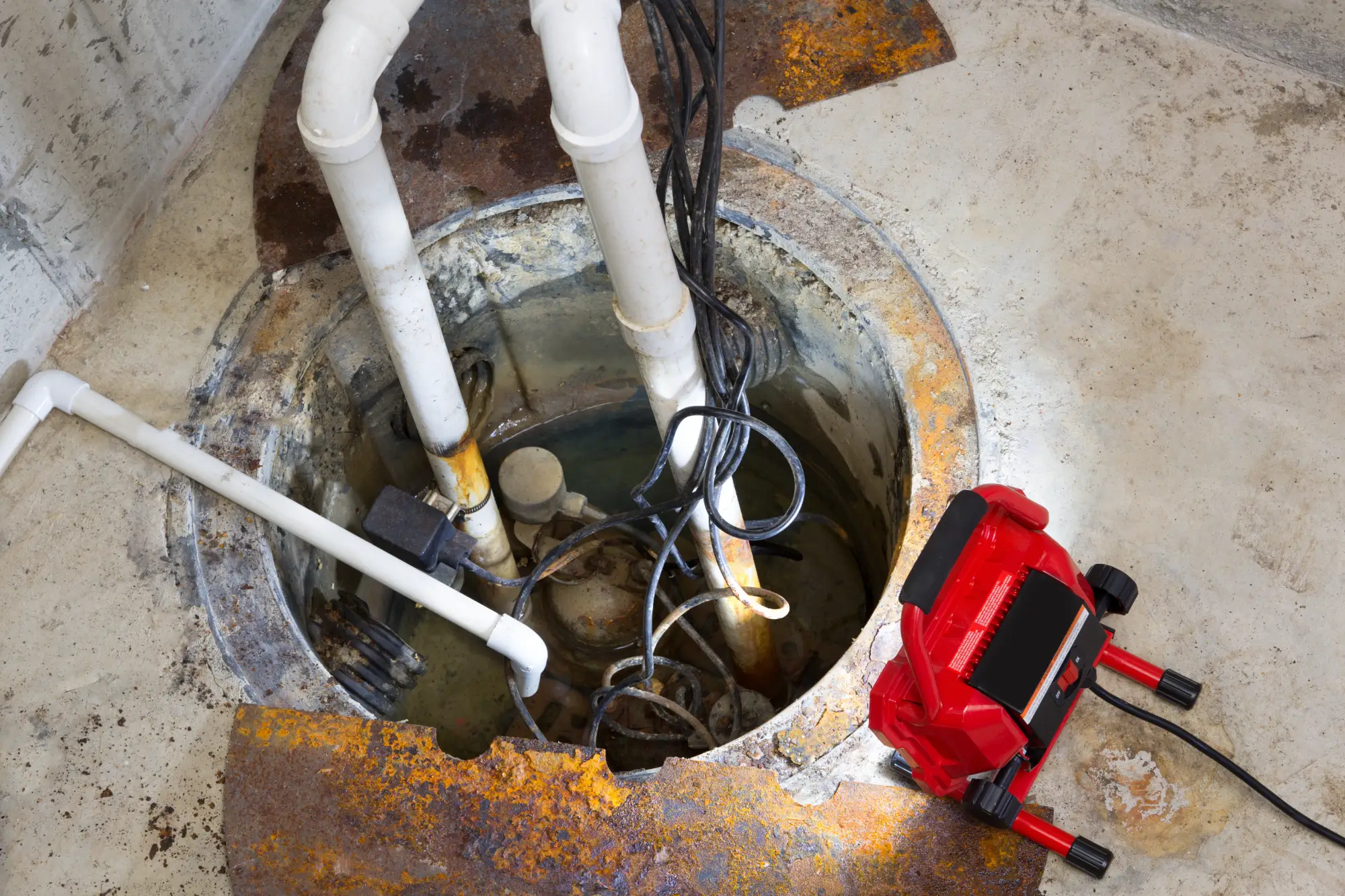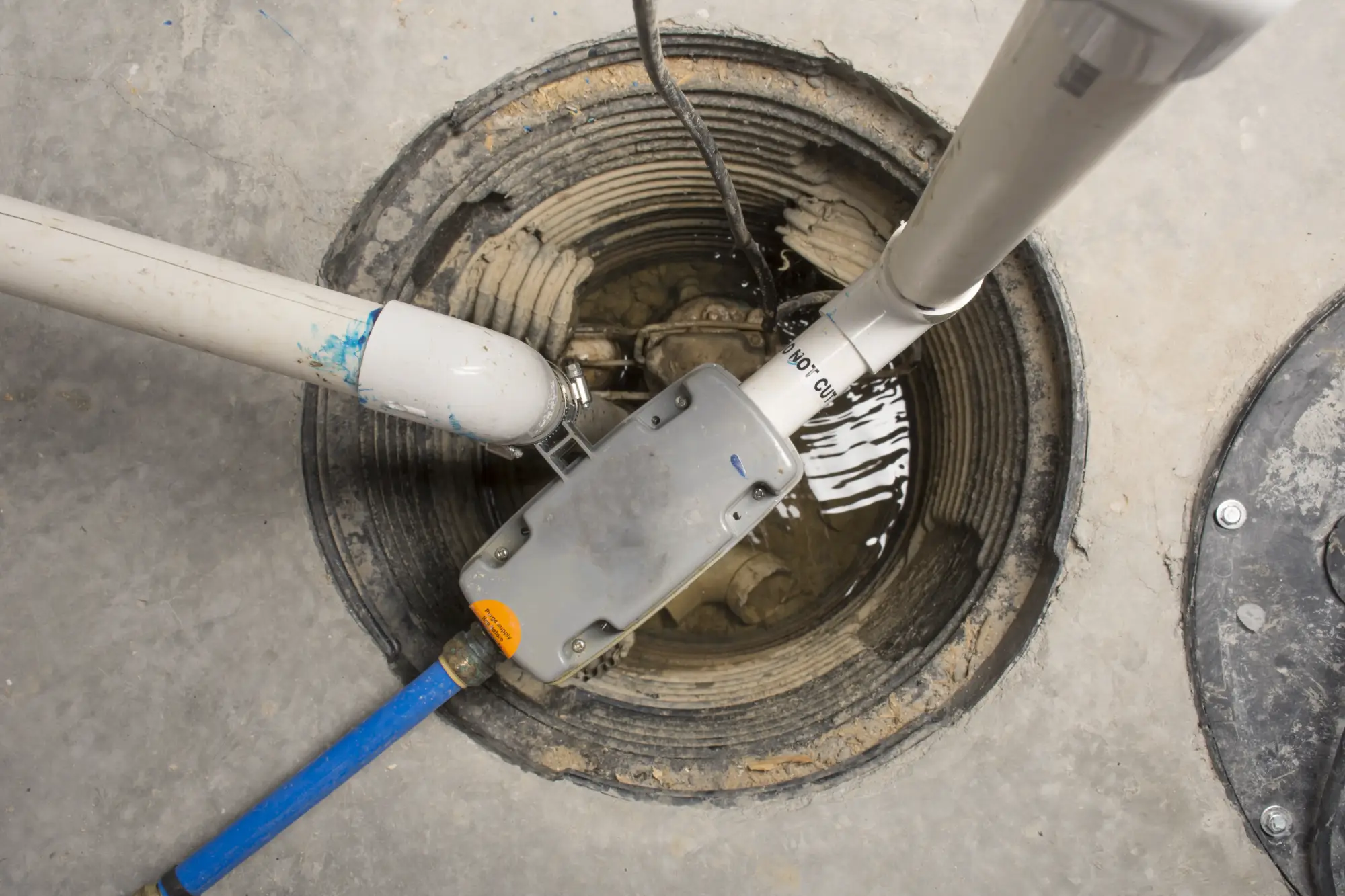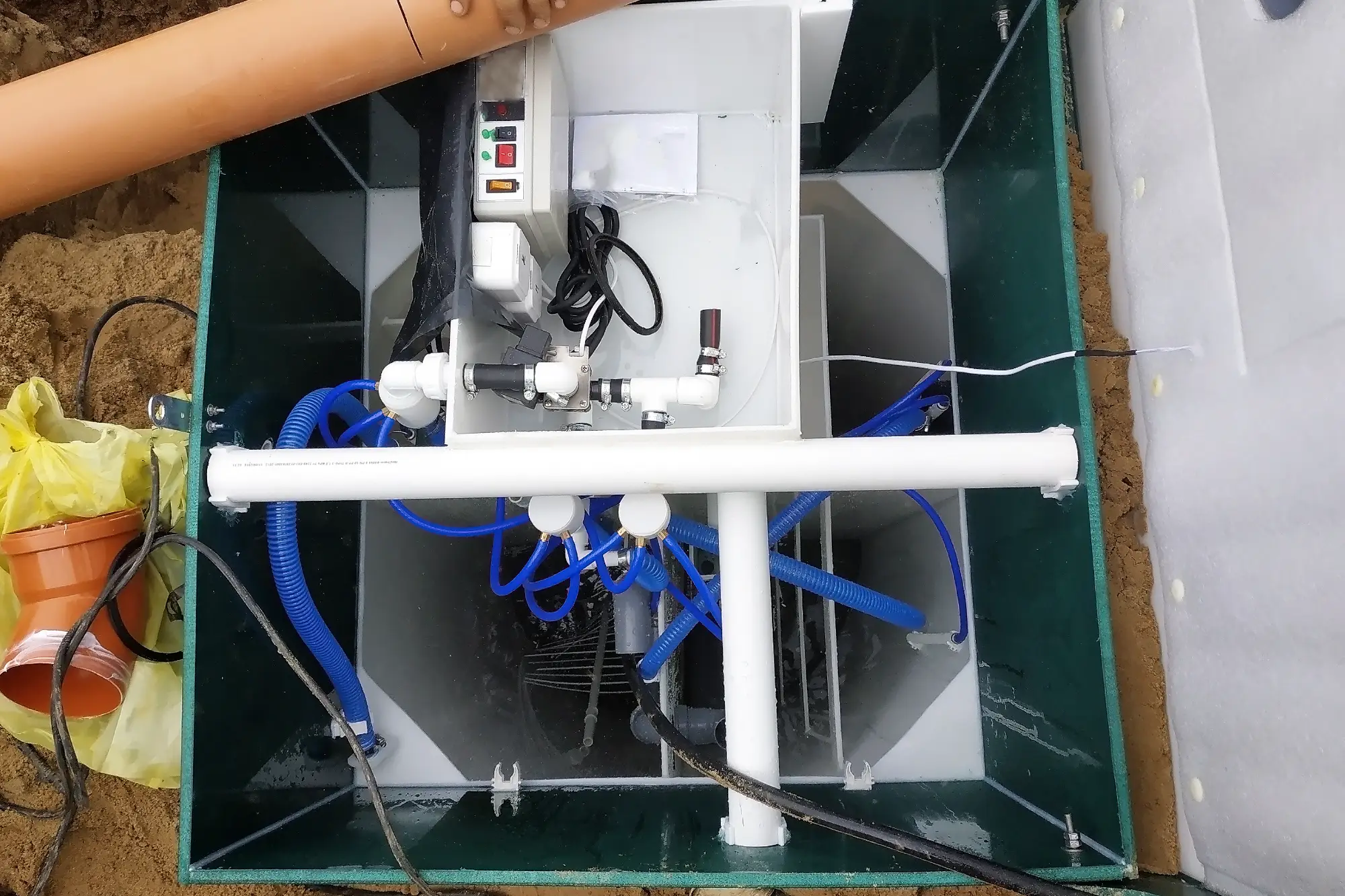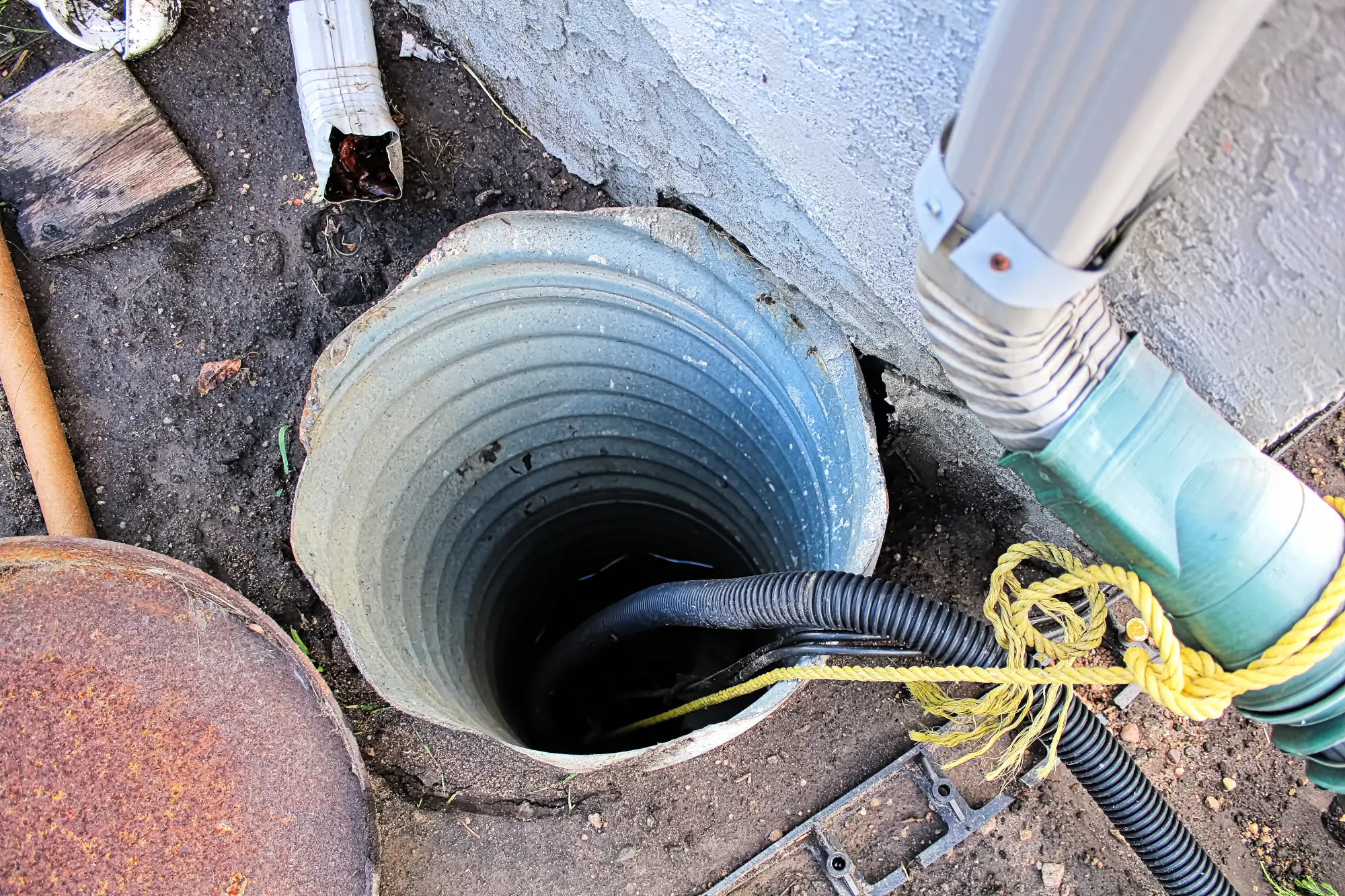Sump Pump Installation in Eatons Neck, NY
Keep Your Basement Dry Year-Round
Professional sump pump installation that works when you need it most, protecting your home from water damage.

Hear About Us

Reliable Basement Sump Pump Systems
You sleep better during storms. Your basement stays dry, your belongings stay safe, and you stop worrying about water damage every time it rains hard.
A properly installed basement sump pump system eliminates that sinking feeling when you hear heavy rain at night. No more rushing downstairs with a flashlight to check for flooding. No more moving everything off the basement floor before every storm.
Your basement becomes usable space again. Storage that stays dry. A workshop you can actually use. Maybe even finished living space that adds real value to your home instead of constant headaches.
Eatons Neck Sump Pump Installers
Diamond Masonry & Waterproofing has been handling basement water issues across Long Island for years. We understand how water moves around your property and why some installations fail while others work for decades.
We’re not the guys who show up, install whatever’s cheapest, and disappear. We assess your specific situation, recommend the right system for your home, and install it properly the first time.
Licensed, insured, and local. We live here too, so we understand exactly what Eatons Neck homeowners deal with when it comes to water management.

Professional Sump Pump Installation Process
First, we assess your basement’s specific needs. Every home is different – soil conditions, water table levels, existing drainage, and basement layout all matter. We measure, evaluate, and determine the best location and system type for your situation.
Next comes the installation itself. We excavate the sump pit to proper depth and dimensions, install the basin with appropriate drainage connections, and set up your pump system with proper discharge routing. All electrical work meets code requirements with GFCI protection.
Finally, we test everything thoroughly and show you how it works. You’ll understand how to maintain your system, what warning signs to watch for, and when to call for service. We don’t just install and leave – we make sure you’re confident in your new basement protection.

Ready to get started?
Explore More Services
About Diamond Masonry & Waterproofing
Get a Free Consultation
Custom Sump Pump Solutions
Every installation includes proper pit excavation, high-quality pump selection based on your needs, and complete system setup with discharge piping. We handle all electrical connections with proper GFCI protection and ensure everything meets local building codes.
You get options that make sense for your situation. Battery backup systems for power outages. Water-powered backup pumps that work even when the power’s out for days. Alarm systems that alert you if something needs attention.
We also address the details that matter long-term. Proper discharge routing that won’t freeze in winter or create drainage problems in your yard. Check valves that prevent backflow. Easy access for future maintenance without tearing apart your basement.

How long does sump pump installation typically take?
What size sump pump do I need for my basement?
Do I need a backup sump pump system?
Where does the water go when my sump pump runs?
How often should sump pumps be replaced or serviced?
Can I install a sump pump myself or do I need professionals?
Local Resources
- Google Map Link
- Find the Eatons Neck, NY USPS
- Locate Nearby Eatons Neck, NY Pharmacies
- View the Current Weather in Eatons Neck, NY
- Eatons Neck, NY is located in Suffolk county in New York State